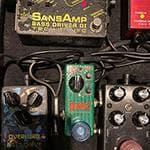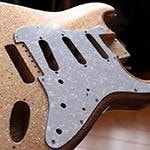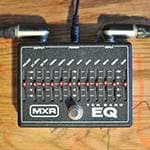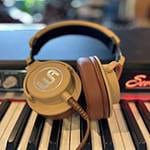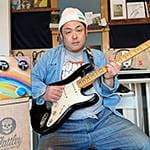Introduction
Nice to meet you. I’m Saku, a broke university student.
I started playing guitar and singing in the music club, and I’ve been dabbling in various things.
Now, let me ask you all a sudden question.
Do you like pedalboards?
I can already hear the enthusiastic “I love them!” response. I love them too.
From those who collect bizarre effect pedals, to those who have both a main and a sub board, to those who put together boards so big they can’t be carried by hand, or those who simply place a multi-effects unit with a bam!—the possibilities are endless, and individuality really shines through.
Just recently, I finally completed my own pedalboard.
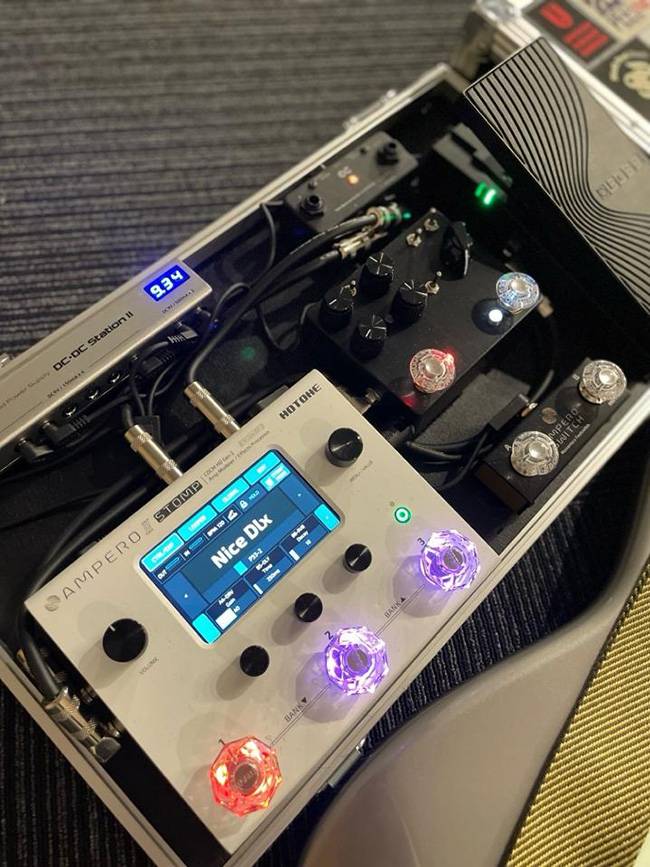
I know you’re eager to get to the main topic, but let me quickly introduce my pedalboard...
It’s built around the AMPERO II STOMP. At first glance, it doesn’t look that heavy, but because I use an ARMOR case, it weighs over 7 kilograms. The price? Much higher than it looks. I’m still proudly paying it off in installments (laughs).
On top of the AMPERO SWITCH sits a custom-made Jan Ray + EP Booster 2-in-1 Clone pedal. I love its stylish appearance, the added clipping switch (which the original Jan Ray doesn’t have), and most importantly, the incredible tone it inherited from the Jan Ray itself.
Other than this clone pedal, I, of course, bought everything from Soundhouse. I’ve even left reviews for most of them, so if you happen to find mine, I’d be happy if you read them with a kind and understanding eye.
HOTONE / AMPERO II STOMP — an amp modeler & effects processor
BOSS / EV-1-WL Wireless MIDI Expression Pedal
CUSTOM AUDIO JAPAN / DC/DC Station II
One Control / MS PB Junction Box w BJF Buffer
Now, everyone’s beloved pedalboards.
Wouldn’t it be amazing if you could effortlessly gaze at tons of them, just zoning out?
Well, I’ve found an Instagram account that makes this lazy dream come true, so let me introduce it to you.
Effortlessly browse pedalboards! TONEBOOK
Here it is: TONEBOOK.
The image above is the actual account. The English text in their bio has an irresistibly appealing tone.
Now, as for the content of their posts, here’s an example for you to check out.
Look at this level of detail! In addition to actual gear photos, each piece of equipment is carefully labeled by name. On top of that, there’s even a brief comment from the artist in the bottom right corner. Isn’t it just perfect?
At TONEBOOK, the gear used by artists is introduced in detail, whether they’re major label artists or indie musicians. By following the account, you’ll get the chance to see new pedalboards almost daily, giving you endless opportunities to discover unfamiliar gear and learn. If you take it a step further and listen to the featured artists’ music, you can hear their tones in action.
It’s a great account for gear lovers, guitar enthusiasts, and anyone struggling with tone crafting.
As someone who loves effect pedals myself, I’ve spent countless hours researching gear, but I inevitably hit a wall or fell into my own biases. Being able to passively browse through a wide variety of pedalboards like this allows me to absorb knowledge efficiently and discover new options.
But wait, TONEBOOK doesn’t stop there.
TONEBOOK also conducts surveys for its followers.
It’s fascinating to get a glimpse into the various opinions and experiences of different players, and just reading through these is incredibly enjoyable. Plus, it’s even more exciting when your own responses get featured! (I’ve been featured a few times myself…)
But wait, there’s more!!!
And this part, personally, is the absolute best.
Believe it or not—
You can actually listen to sound samples of real artists’ setups!!!
This is absolutely insane—a dream for cover band players.
It’s already incredible to learn about the gear itself, but TONEBOOK even lets you access knob settings to copy the tones. On top of that, they even provide details about the recording equipment used.
And they’re offering all this for free—TONEBOOK is just too generous.
What’s more, it’s not just about replicating artists’ settings. They also share practical examples of tone crafting for lead, crunch, and more—all in the same detailed format. For those struggling with tone creation, this can serve as a clear guide and an invaluable resource.
It’s truly a sound recipe treasure trove.
So there you have it—TONEBOOK is packed with so much goodness! Curious yet? Whether you are or not, just go ahead and follow them. I guarantee scrolling through Instagram will become way more enjoyable.
Initially, I thought this article would simply be about “endlessly gazing at pedalboards.” But TONEBOOK offers so much more:
・Insights into other players’ experiences and opinions.
・Detailed artist setups, including gear, settings, and tones.
・Practical inspiration for tone crafting that can take your sound to the next level.
It’s a must-follow for any gear lover or tone enthusiast!
True to its name, TONEBOOK really is a "sound recipe book."
And it’s not just guitars—bass gear is also featured!
The account only started this February, so there’s still so much more information to come for us players. Why not follow them now and look forward to what’s next?
On a side note, lately I’ve been hooked on videos from a certain manager’s personal channel, where they try to uncover someone’s personality based on pedalboards sent in by viewers—while blind-guessing the guitar models. That’s another fun way to discover unfamiliar pedalboards, and it’s incredibly entertaining.
Let’s keep exploring and enjoying this wonderful world of gear!
The “sound & person” column is made up of contributions from you.
For details about contributing, click here.





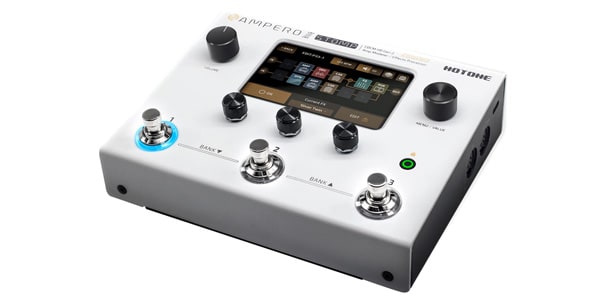
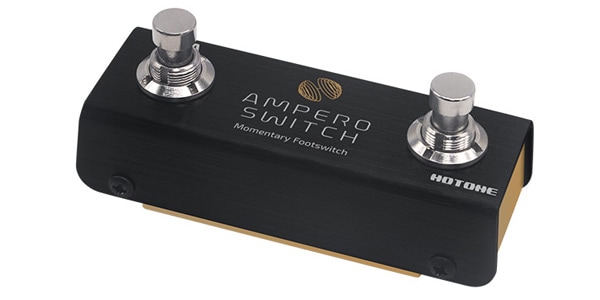
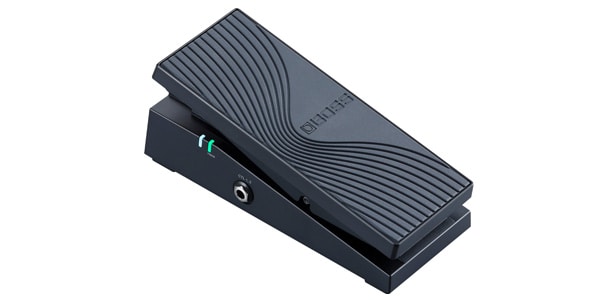
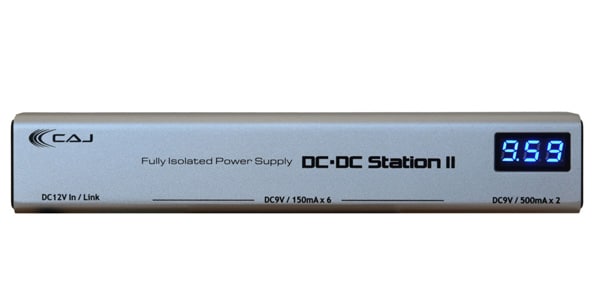
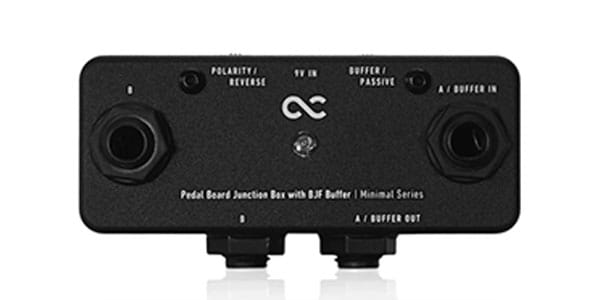
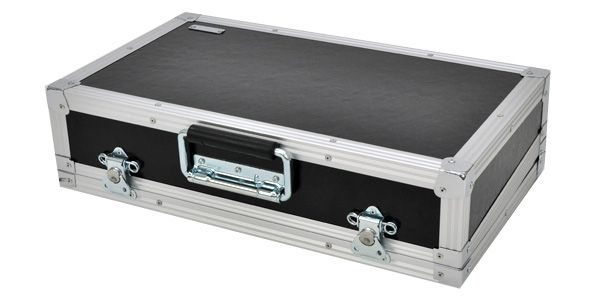
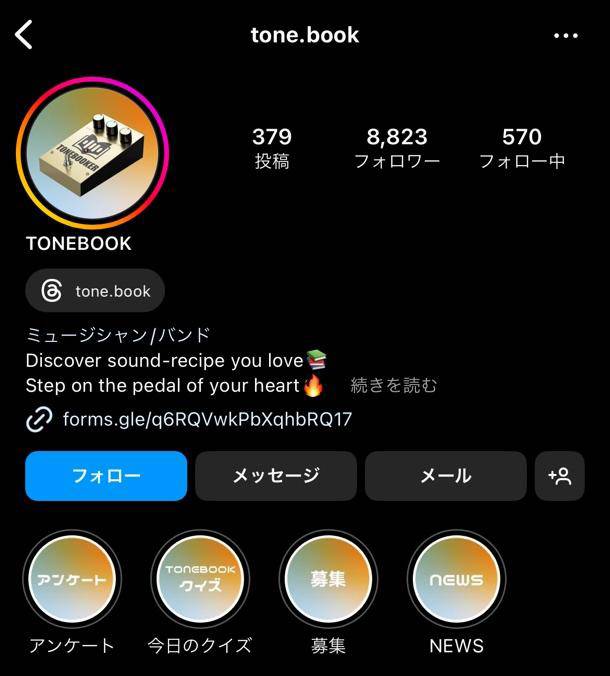
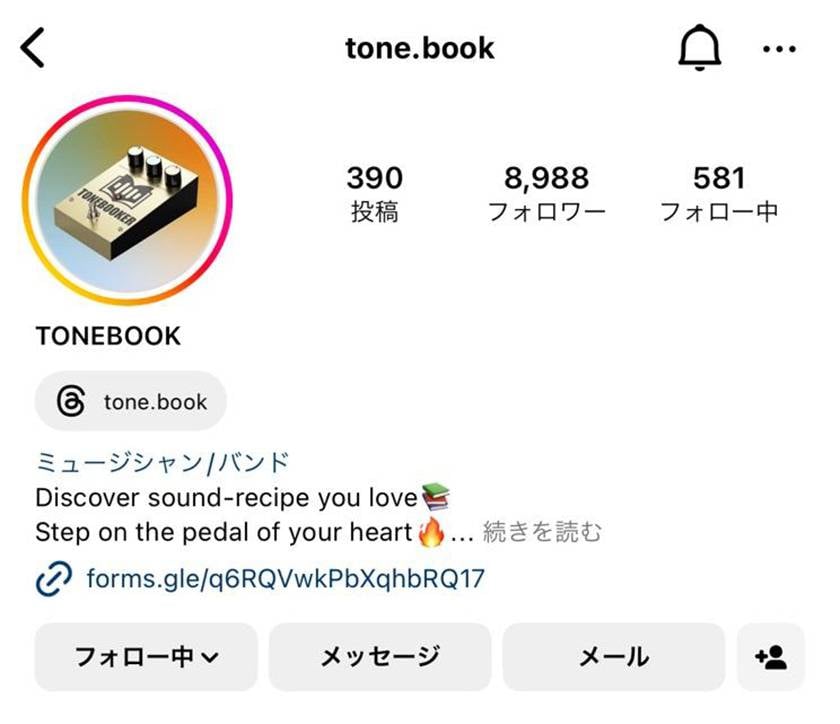







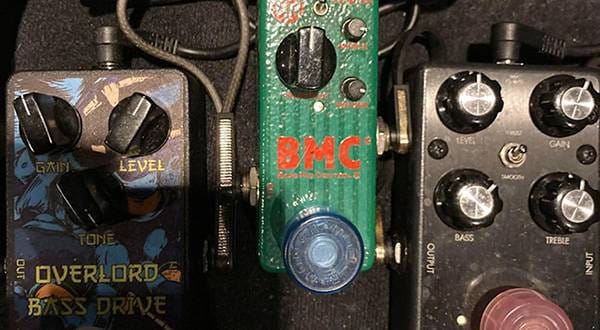
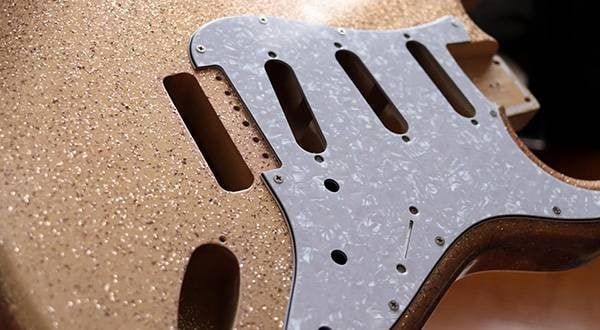
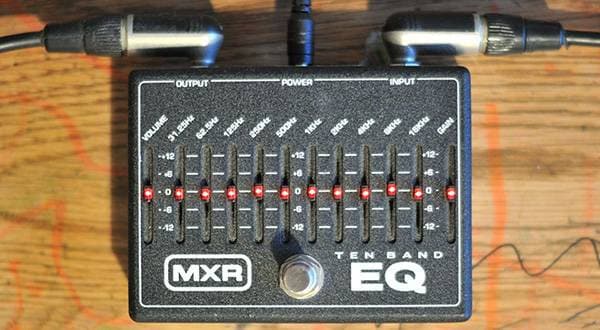
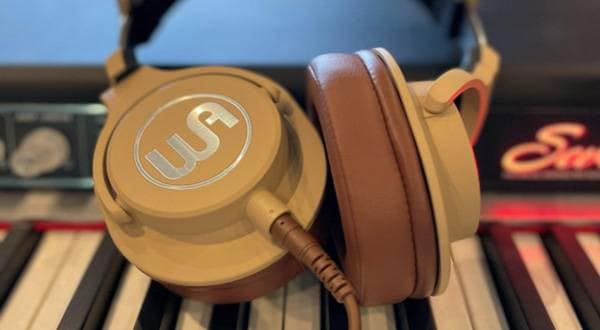

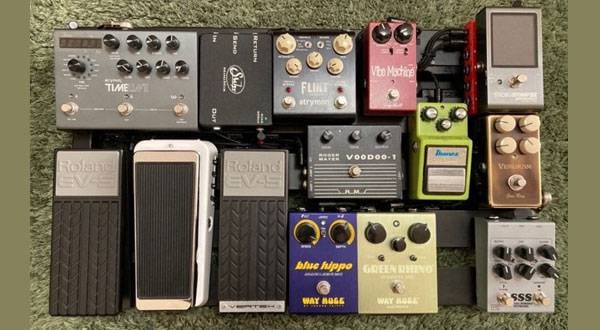
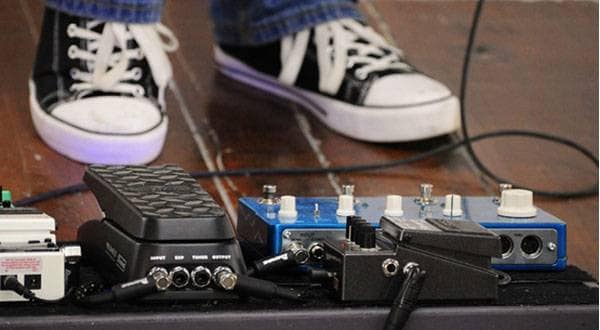
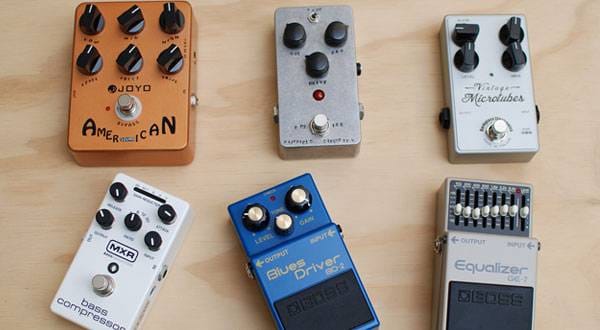
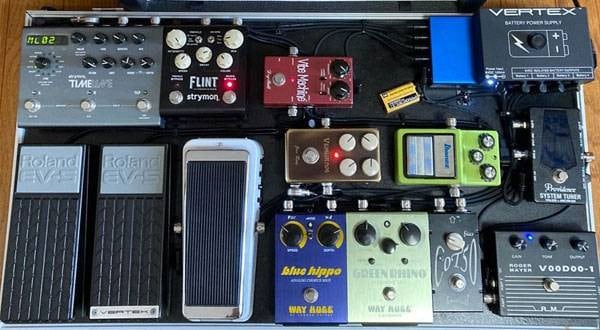
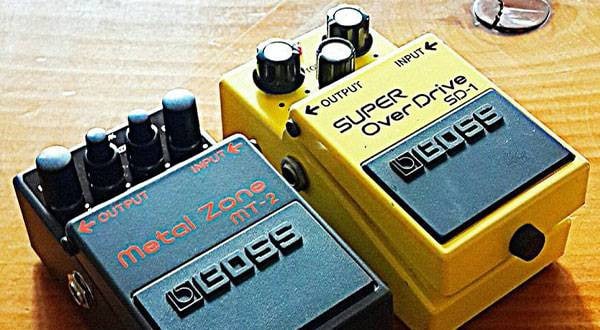
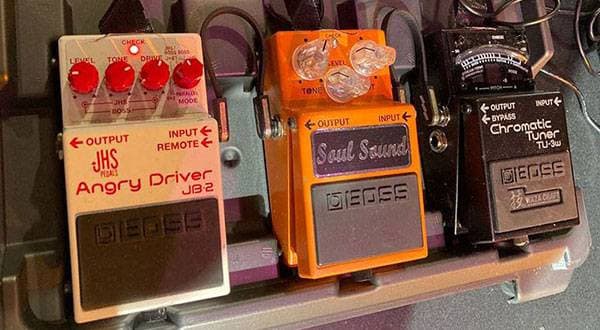
 はじめてのエフェクターは GT-1 にしよう
はじめてのエフェクターは GT-1 にしよう
 【初心者向け】エフェクター講座
【初心者向け】エフェクター講座
 あなたのエフェクターボード見せてください
あなたのエフェクターボード見せてください
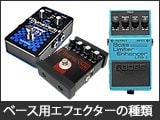 ベース用エフェクターの種類
ベース用エフェクターの種類
 エフェクターのつなぎ方
エフェクターのつなぎ方
 エフェクターの種類
エフェクターの種類
